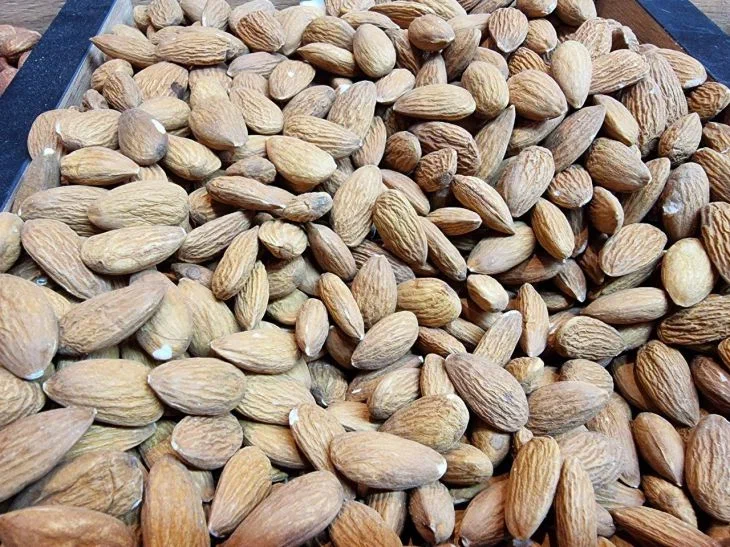5 foods with more calcium than cottage cheese: where to find benefits for bone health and the body as a whole
Adults should consume about 1,000 mg of calcium per day, and for older adults, this figure reaches 1,200 mg.
At the same time, it is worth making sure that the food contains a sufficient amount of protein and vitamin D, which are necessary for calcium to be absorbed without problems.
It is believed that the most calcium is found in cottage cheese, but for those who do not like this product, we have good news. Read more in this article.
Cheese
Different types of cheese, of course, contain different amounts of calcium. The leader is Parmesan, 100 g of which contains more than 1 g of calcium.
Legumes
Beans, peas and lentils contain not only vegetable protein, folic acid, iron, zinc and fiber, but also some calcium: green beans contain 140 mg per 100 g, and soybeans contain more than 200 mg.

Almond
In terms of calcium content, almonds are ahead of all other types of nuts, because every 100 g of almonds contains 250 mg of calcium, as well as vitamin E, magnesium and manganese.
Canned sardines
Canned fish contains more than 350 mg of calcium per 100 g of product, which is not surprising, since small sardines are usually eaten with the bones.
Sesame
100 g of sesame seeds contain almost 1 g of calcium. Since a standard serving of sesame, used, for example, in baking, consists of only a few grams, try looking for calcium in halva or sesame kozinaki.
Earlier we talked about the healthiest way to eat herring .
